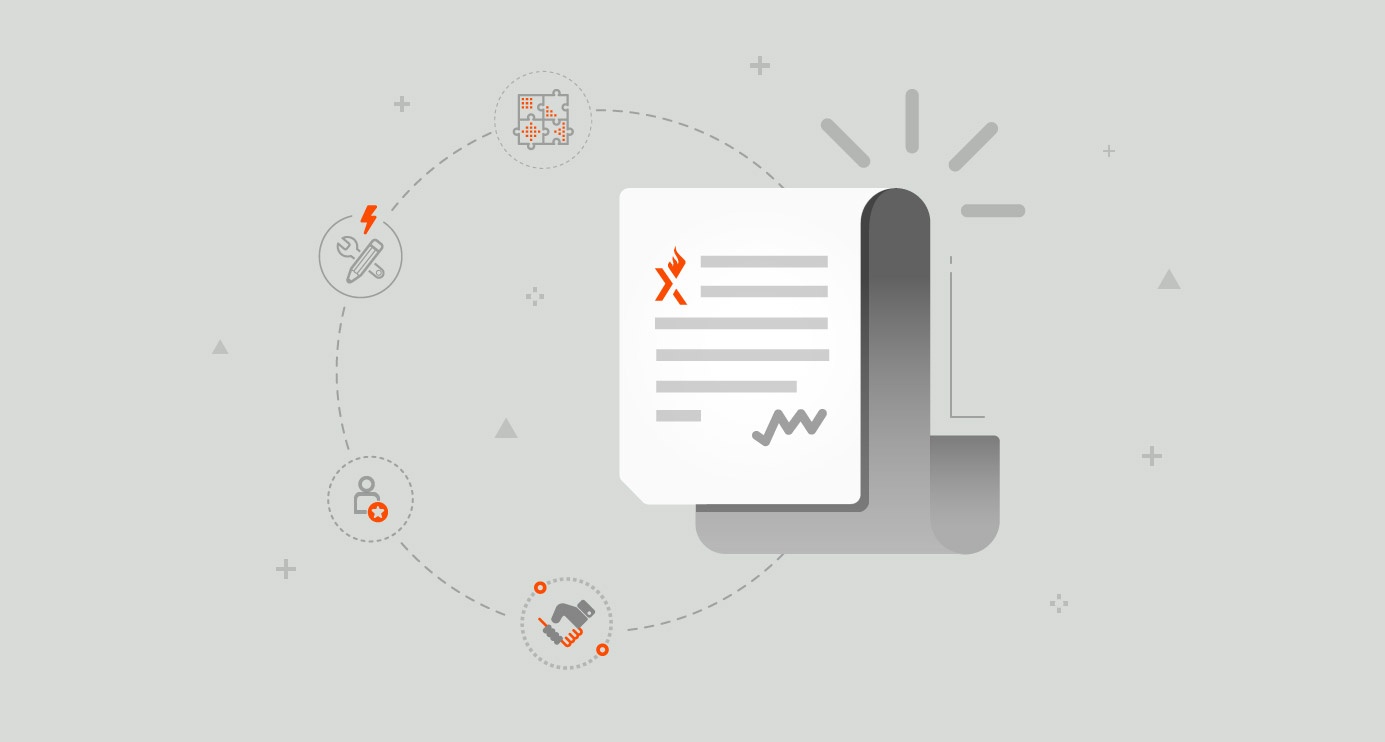Introduction
Through a break-even sales formula, you can determine the minimal amount of sales and on-hand inventory required so that you'll know when your product or service is profitable.
In laymen's terms, break even sales is determined by fixed expenses divided by your operating margin. The operating margin is usually a percentage and calculated by subtracting the variable expenses rate from one.
Break-Even Sales Example
BES = FE / (1 - VE)
FE = $ 9000 VE = 60%
BES = $ 9000 / (1 - 60%) = 9000 / (1 - .60) BES = $ 22,500
Given that widget has $ 9,000 in fixed expenses and 60% production costs such as employees, you'll need to sell $ 22,500 worth of product before profits can accumulate.
Break even for services can be calculated likewise.
Needed Sales
Once you get past break-even sales, though, you still need an idea of your organizational sales revenue targets. This way, you can know how your product or service sales compare to others in relationship to sales efforts.
Needed Sales Example
NS = BES / ESP
ESP = 80% (your estimate or a known)
NS = $ 22,500 / 80% NS = $ 28,125
It's estimated that only 80% current sales are of widget; therefore our overall sales target should be $ 28,125.
Needed Inventory
Further, you'll need to know your on-hand inventory requirements to supply customer orders to keep them happy and hopefully to buy again very soon.
Needed Inventory Example
NI = NS * VE
NI = $ 28,125 * 60% NI = $ 16,875
So that we can supply widget orders to customers based on company revenues of $ 28,125, we require $ 16,875 worth of widget inventory.
Break-Even Sales Formula Keys
- BES = Break Even Sales
- FE = Fixed Expenses (costs not associated with changes in production level or sales volume)
- VE = Variable Expenses (costs that change with sales, staffing, production, and delivery needs)
- ESP = Expected Sales Percentage of Products and Services (known or estimated against company revenue)
- NI = Needed Inventory (minimal inventory expenditure to fulfill customer needs and demands based on ESP)
- NS = Needed Sales (minimum sales target)
References
This article was originally published in 2001. It has been updated since then for clarity.

Michael Cannon, Director of Intelligent Automation
Living remotely in Taiwan with 4 incredible sons, 3 playful cats, and one fiery partner. As Director of Intelligent Automation @Axelerant, they are dedicated to building trust in Axelerant as your go-to agency partner through their journey in #Automation, #Empowerment, and #Productivity.

 We respect your privacy. Your information is safe.
We respect your privacy. Your information is safe.


Leave us a comment